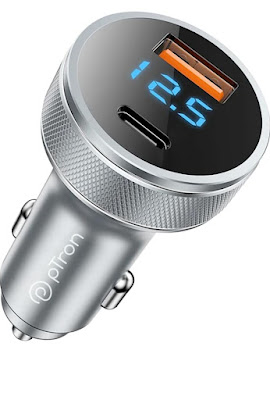Technology of NASA
Exploring the Frontiers of Space: Cutting-Edge NASA Technologies:
NASA has long been at the forefront of innovation, pushing the boundaries of what is possible in space exploration. From the Apollo missions to the Artemis program, NASA's technological advancements have enabled groundbreaking discoveries and transformed our understanding of the cosmos. In this blog, we'll delve into some of the most exciting NASA technologies that are shaping the future of space exploration.
1. Advanced Propulsion Systems
Nuclear Electric Propulsion: NASA is developing a new propulsion system that harnesses the power of nuclear energy to propel spacecraft, enabling faster and more efficient travel to deep space destinations.
Solar Electric Propulsion: This technology uses solar panels to generate electricity, which powers an electric propulsion system, providing a more fuel-efficient and sustainable option for interplanetary missions.
2. Artificial Intelligence and Machine Learning
Robonaut: NASA's robotic astronaut assistant, Robonaut, uses AI and machine learning to perform tasks that require human-like dexterity and intelligence.
Mars 2020 Perseverance Rover: The rover's AI-powered navigation system enables it to make decisions autonomously, ensuring a safe and successful landing on the Martian surface.
3. Materials Science and Manufacturing
3D Printing in Space: NASA's 3D printing technology allows astronauts to manufacture tools and parts on demand, reducing reliance on Earth-based supplies and enabling more sustainable long-duration missions.
Advanced Composites: NASA is developing lightweight, high-strength materials for spacecraft and aircraft applications, enabling improved fuel efficiency and reduced emissions.
4. Virtual and Augmented Reality
Virtual Reality Training: NASA uses VR to simulate spacewalks, allowing astronauts to train in a safe and immersive environment.
Augmented Reality Displays: AR technology enhances astronauts' ability to interact with spacecraft systems and perform complex tasks with greater ease and accuracy.
5. Robotics and Autonomous Systems
Space Launch System (SLS): NASA's heavy-lift rocket features advanced robotics and autonomous systems, enabling precise control and monitoring during launch and ascent.
Dragonfly Mission: The Dragonfly rotorcraft-lander will explore Saturn's moon Titan using autonomous navigation and decision-making capabilities.
Conclusion
NASA's technological innovations are revolutionizing space exploration, enabling humanity to venture further and explore more efficiently. As we continue to push the boundaries of what is possible, these cutting-edge technologies will play a crucial role in shaping the future of space travel and discovery.
THANKS FOR READING THIS AMAZING BLOG!!






Comments
Post a Comment